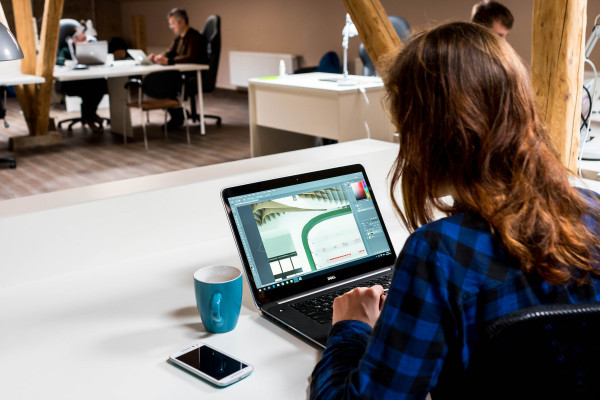Back pain, a relatively widespread condition, is often discounted, and its inconveniences are often downplayed. Still, this condition, chronic or acute, can greatly affect an individual’s life and restrict his or her flexibility and freedom to engage in several everyday activities.
About 80% of adults experience lower back pain. It is the most common work related disability. Back pain can be acute, lasting a few days or weeks, or chronic, lasting for more than 12 weeks. To understand some causes of back pain, it is important to examine the anatomy of the back and spine.
The spine is made up of vertebrae which are separated by spaces filled with intervertebral discs made of cartilage which act to cushion the bones. Ligaments hold the vertebrae together and in place, while tendons connect the muscles to the bones. There are a total of 31 pairs of nerves surrounding the spinal cord. These nerves transmit signals to the brain, which help the body to engage in movement and respond to pain.
There are various reasons for lower back pain, such as sprains to ligaments, tears in tendon or muscle, damage to the intervertebral discs, sciatica (compression of the sciatic nerve), and skeletal irregularities, like scoliosis. Some underlying conditions, such as tumors or kidney stones, can also cause back pain.
Children and teens are especially prone to back pain caused by stress from carrying backpacks or sustaining injuries from sports. Staph infections can also cause back pain. To keep children safe, they should be instructed to maintain proper posture and to wear helmets, knee guards, and proper protection when playing sports or riding a bicycle.
These are some diseases associated with bone health and lower back pain.
- Scoliosis – irregular curvature of the spine that can cause complications ranging from uneven shoulders and hips to lung and heart damage
- Spondylolisthesis – when a vertebra slides forward, out of place
- Osteoporosis – decrease in bone density, caused by a lack of bone formation, or increased bone loss, causing weakness
Image source: Henglein and Steets
Treating Back Pain
Treatment varies widely for back pain and largely depends on whether the pain is acute or chronic. In some cases, surgery may be recommended. Treatments such as hot or cold packs, counter-irritants like Bengay or Icy Hot, stretching, and strengthening exercises are good ways to support the lower spine and surrounding muscles to support short and long term healing. Medications such as analgesics or anti-inflammatory drugs may be prescribed. In some cases, anticonvulsants and antidepressants may also benefit patients.
Another common treatment is an epidural steroid injection. This treatment is particularly controversial. A recent survey found that in treating spinal stenosis, the long term prognosis was worse for patients using the injections than for those who were not. In addition, in 2012, a series of patients sued New England Compounding Center for providing epidural steroid injections for back pain, which were contaminated with fungus, resulting in meningitis for nearly 25 individuals isolated in this particular law suit. Many more patients were inevitably affected. The high-risk procedure, which holds little to no benefit, is slowly being phased out in favor of other therapies, like medications, physical therapy, and surgery.
Surgery for lower back pain can be risky, but may also end up being the only viable choice of treatment for a patient. There are various types of back surgery for treating back pain.
- Vertebroplasty – a needle is inserted through the skin into the vertebrae where the surgeon injects bone cement which hardens and stabilizes the spine
- Discectomy – removal of a disc which is often herniated (when internal tissue pushes through weak muscle; see feature image for a model with hernia shown in red) or presses on a nerve, causing pain
- Nucleoplasty – a laser surgery which vaporizes tissue in the intervertebral discs and reduces their size and weight, lessening the burden on the spine and relieving pain
- Spinal fusion – a spinal disc is removed and bone grafts connect the two neighboring discs
- Artificial disc replacement – severely damaged discs are replaced with synthetic ones
Here are some tips for keeping your back healthy and safe from the damage and pain:
- Stretch before exercising
- Support your weight with proper posture
- Provide lumbar (lower back) support with a small pillow while seated or lying down
- Wear comfortable shoes
- Quit smoking – smoking can reduce blood flow to the lower back and spine
Featured Image Source: Working using Photoshop / Arbeiten mit Photoshop by Marco Verch










